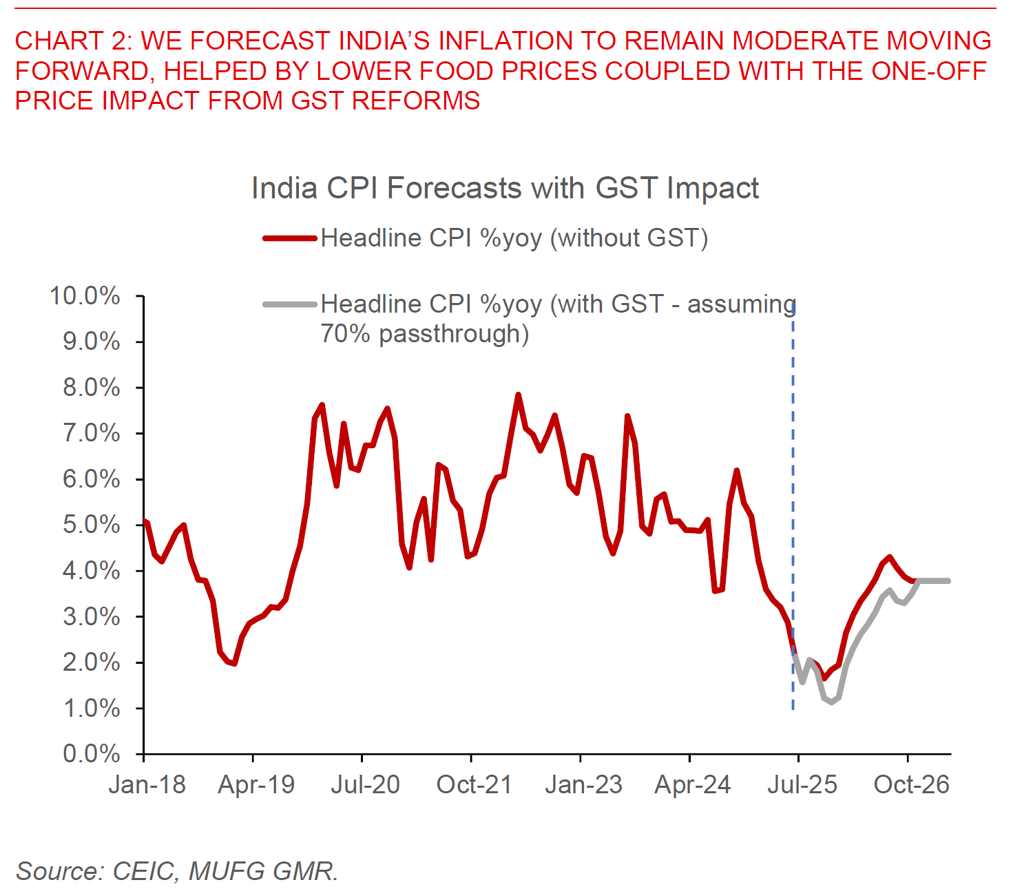Ahead Today
G3: US Empire Manufacturing
Asia: China Monthly data, PH Remittances, India trade balance
Market Highlights
US and Chinese representatives held high-level talks in Madrid, as diplomacy between the world’s two biggest economies intensifies. Bloomberg news reported that national securities issues, and the status of Bytedance’s TikTok were part of the discussions, with the discussions expectation to lay the groundwork for a possible meeting between President Trump and President Xi as soon as October during the South Korea APEC summit. This talks are happening even as China launched two investigations targeting the US semiconductor industry, including an anti-dumping probe related to certain American-made analog IC chips, shortly after the US added 23 more China-based companies to its entity list. Amid these discussions between the US and China, markets will also focus on the monthly macro data out from China later this morning. The consensus is expecting some marginal slowing industrial production coupled with a slight pickup in retail sales in August, with the overall macro picture likely one still of a subdued economy and soft underlying momentum hampered by the weakness in China’s property sector. The broader picture is still one of strong Chinese equity market sentiment offsetting the soft macro numbers, helping the CNY to some extent.

Meanwhile, there was some speculation in the market that the People’s Bank of China may step back into the market to restart bond purchases following the sell-off in the bond market. The rise in China’s bond yields has happened in part due to a proposed overhaul of mutual fund fees that may discourage bond investments coupled by strong equity market sentiment likely driving some asset reallocation.
In India, the August CPI inflation numbers rose to 2.1% from 1.6% previously, and in line with consensus expectations. We estimate that month-on-month, this implied a 0.5% rise. The details suggest some increase in food prices partly contributed by volatile components such as tomato prices, perhaps exacerbated by recent floods. Nonetheless, measures of underlying inflation including the trimmed mean estimates suggest that outside of food and gold prices, price pressures in the economy remains soft. Moving forward, we expect the Reserve Bank of India to cut rates by another 50bps, with the inflation numbers overall coming in below the implied inflation forecasts by the central bank. The timing is a close call admittedly but we stick with our forecast for a cut in the October meeting, while we also expect RBI to push out credit related measures to support exporters hit by tariffs from the US, to help preserve working capital loan access and thereby also ensure indirect effects are contained. From an FX perspective, we are forecasting USD/INR to rise to 89.00 levels by 1Q2026, and reflecting our view that INR will continue to underperform Asian currencies and core G10 FX on the back of tariffs but with reforms such as in GST providing important offsets. Our forecasts implicitly imply that INR FX volatility will remain contained, and we also assume that the 50% tariffs are eventually lowered to 25%.

